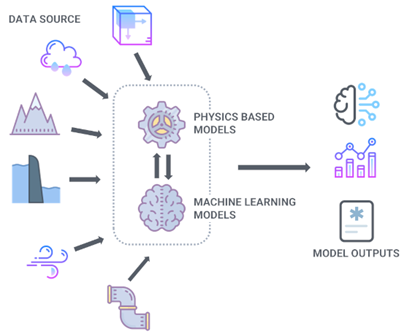
Engineering Analysis
What is this? --> We apply Physics Based Machine Learning that uses Numerical methods (FEA/CFD) & Artificial Neural Networks to analyse complex engineering problems.
Why is it needed? --> Generally FEA / CFD are resource consuming processes in terms of time & space. By implementing Machine Learning, we can drastically reduce them to several folds (provided boundary & initial conditions are not altered).
Where is it used? --> Engineering design & analysis approaches that have inverse problems (i.e. root cause analysis), ill defined problems (improper boundary / initial conditions) & consume space & time for every small modification.
Where is it used? --> Aerospace, Automotive, Civil / Structural, Marine / Oil & Gas, Railways & other complex engineering designs.
Who are using them? --> Design Engineers & analysts. How are we helping? --> i) We help our clients in analysis & optimisation part of their projects ii) We train their design & analysis team with Physics based ML (& Open FOAM if needed).
Why Designs FAIL? Combination of traditional numerical methods with machine learning is emerging powerful. Employing differentiable equations of models makes the training aware of physics in its neural. That is a remarkable achievement in the field of machine learning.
Recent works clearly display the accuracy of NN-based surrogate models for real-world, industrial applications & surpass the traditional solvers in terms of runtime. This is crucial to integrate the classical numerical techniques with deep learning methods. In this decade, highly accurate discretization schemes have been developed to solve fundamental physics such as the Navier-Stokes, Maxwell’s, or Schroedinger’s equations.